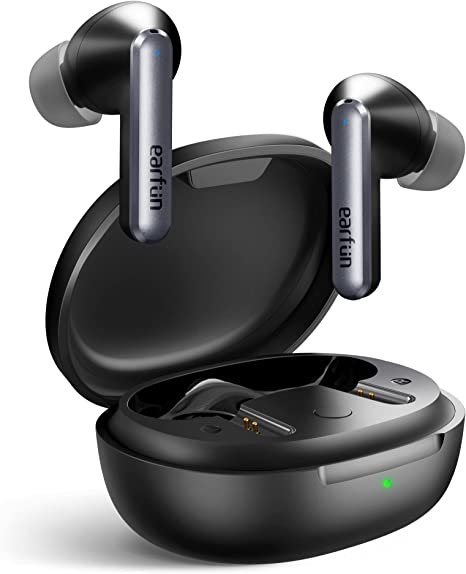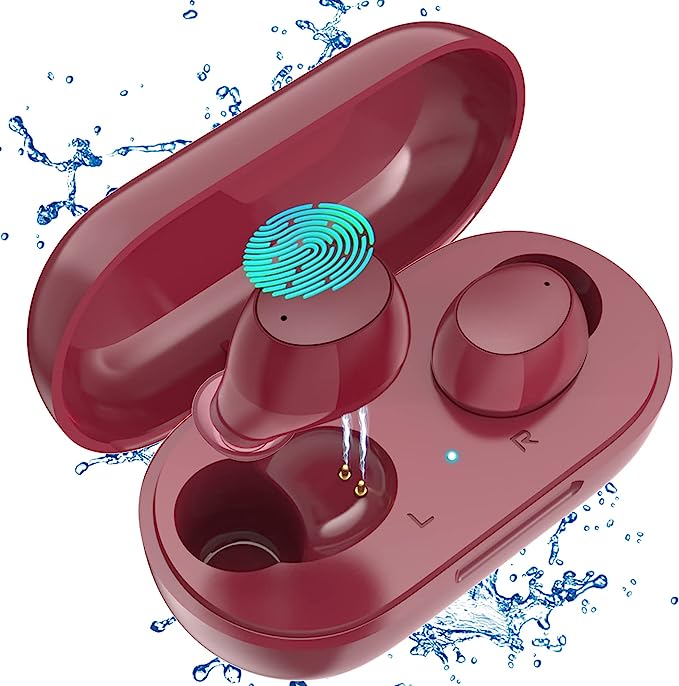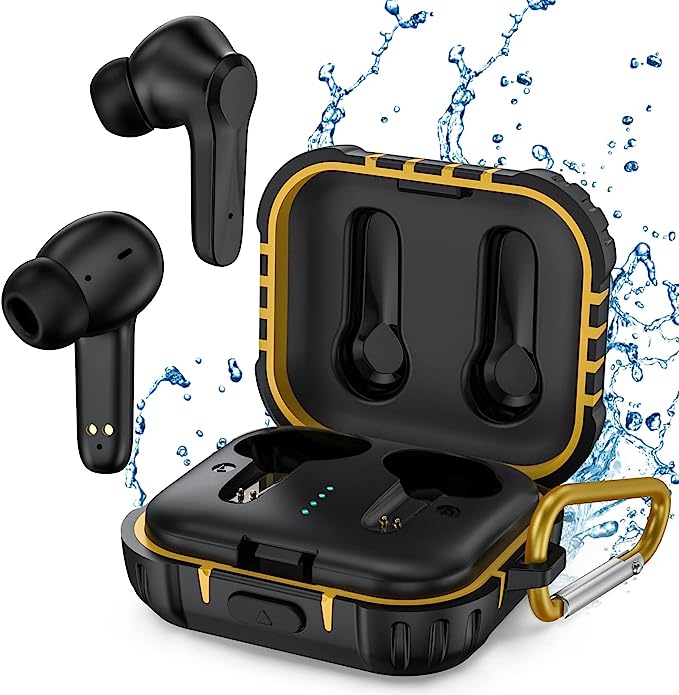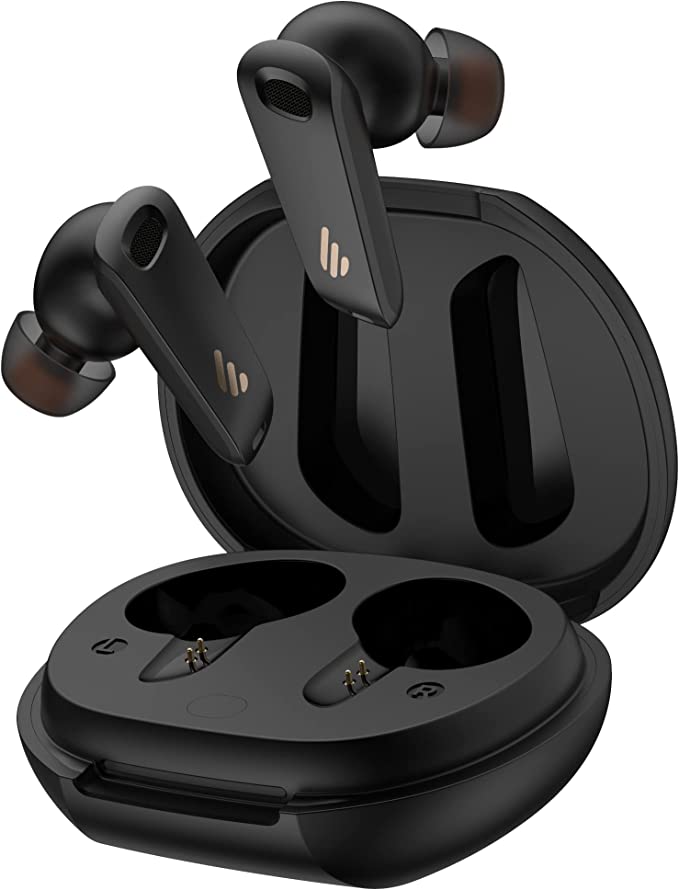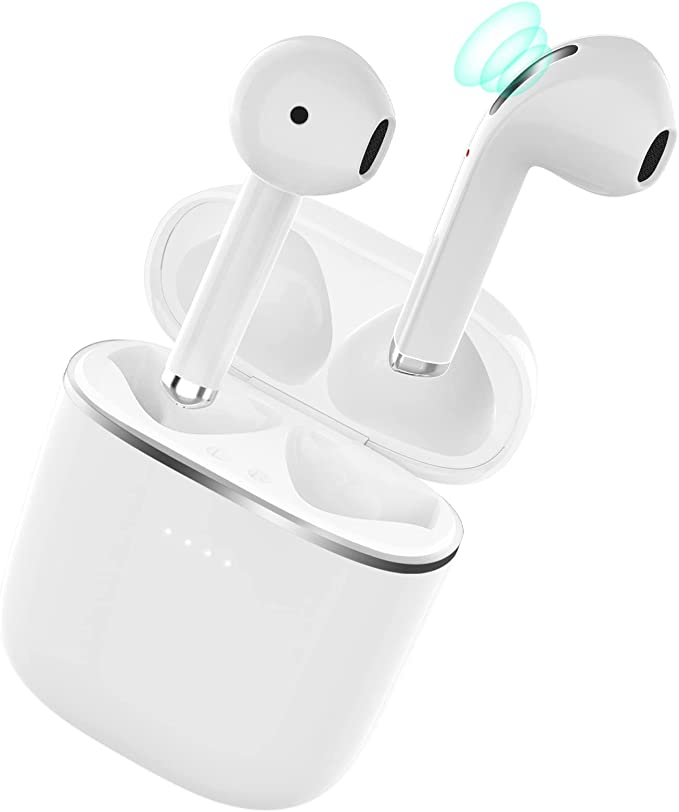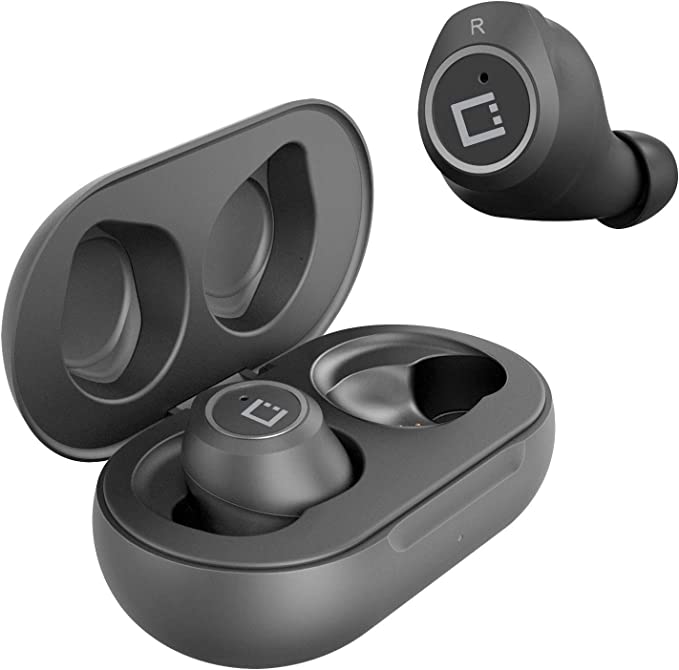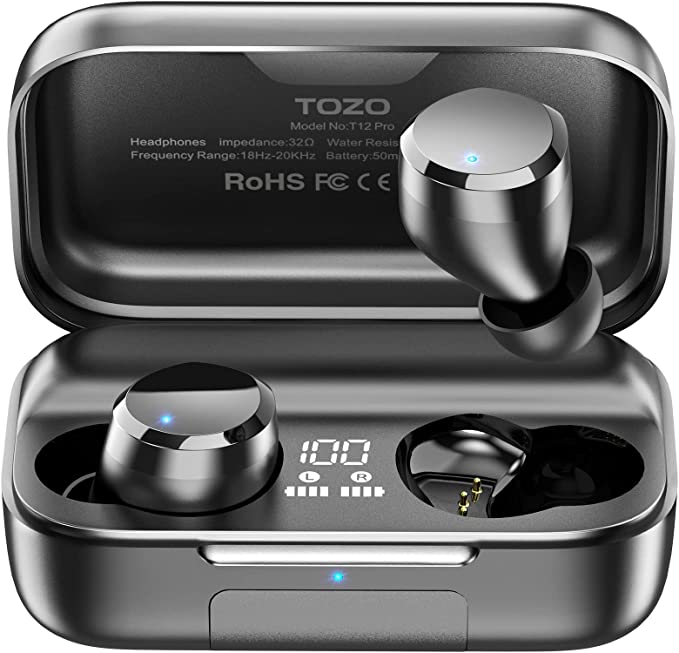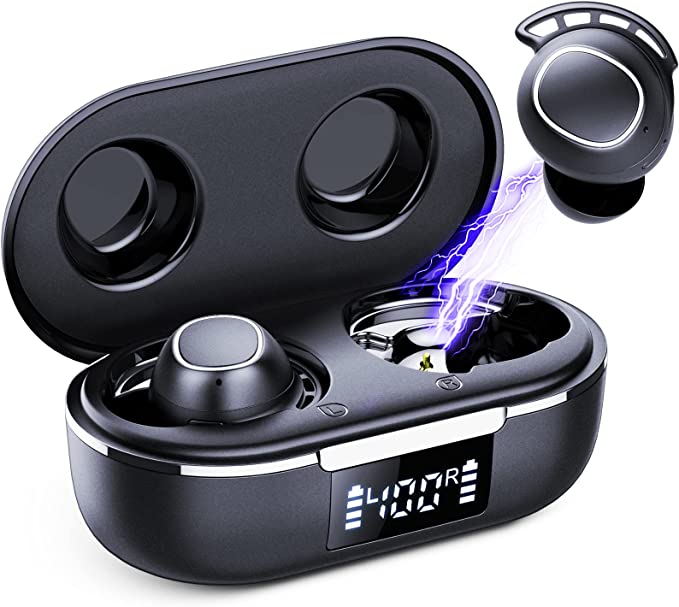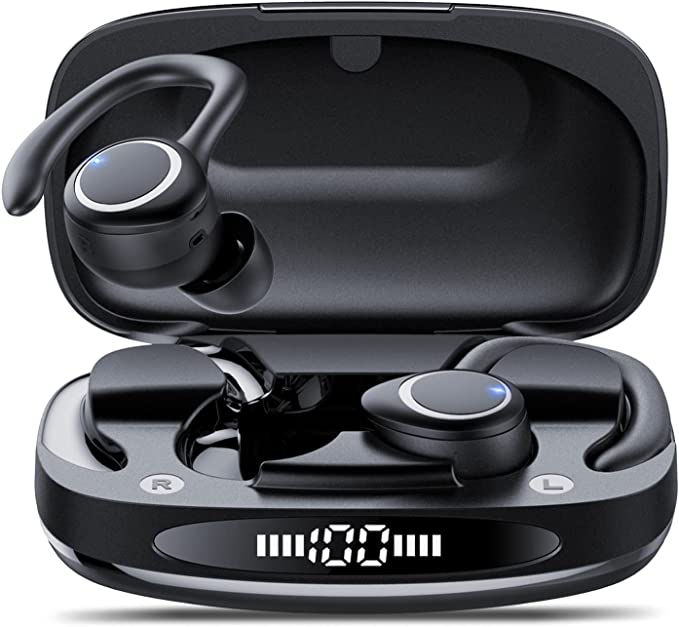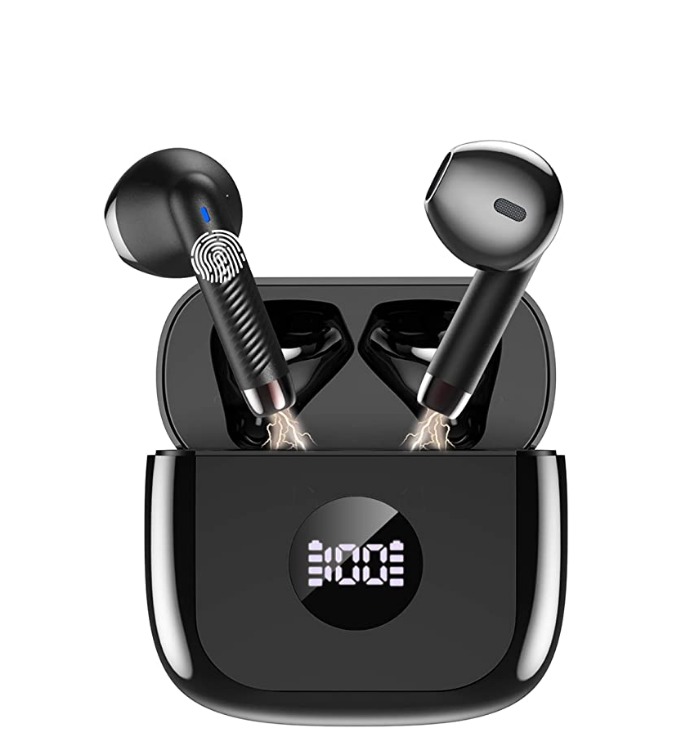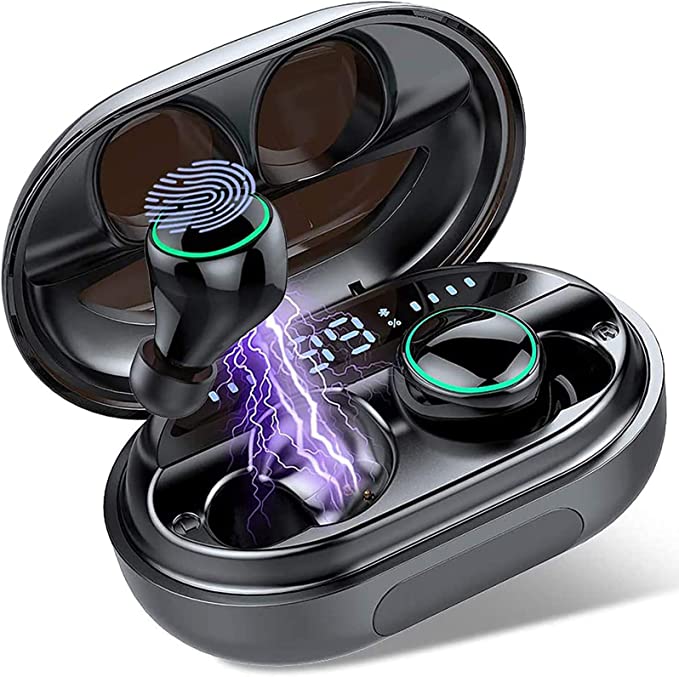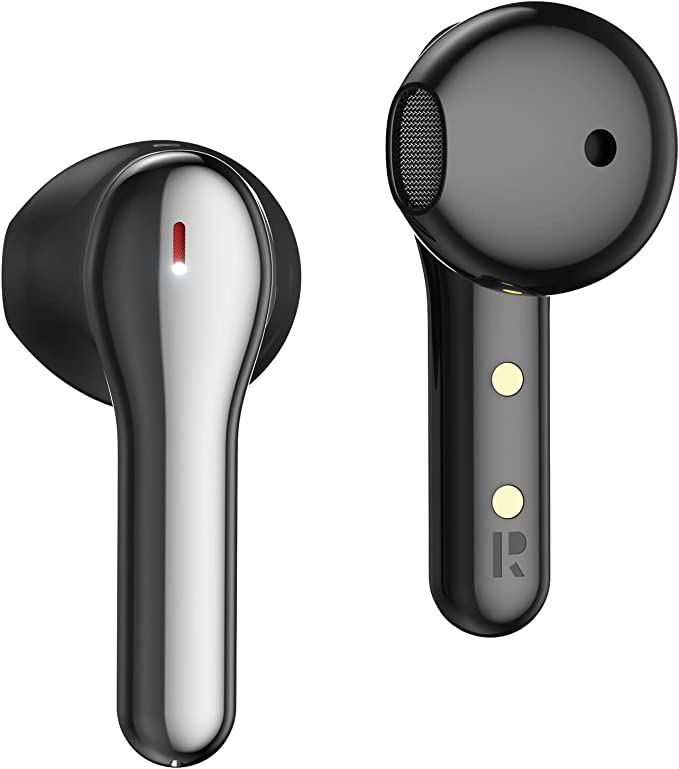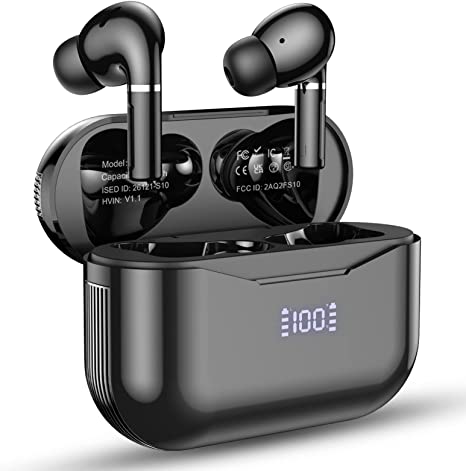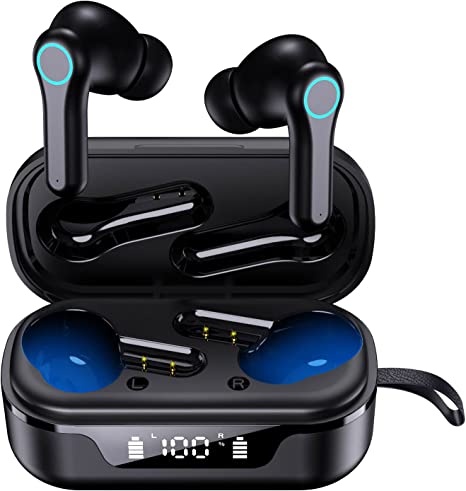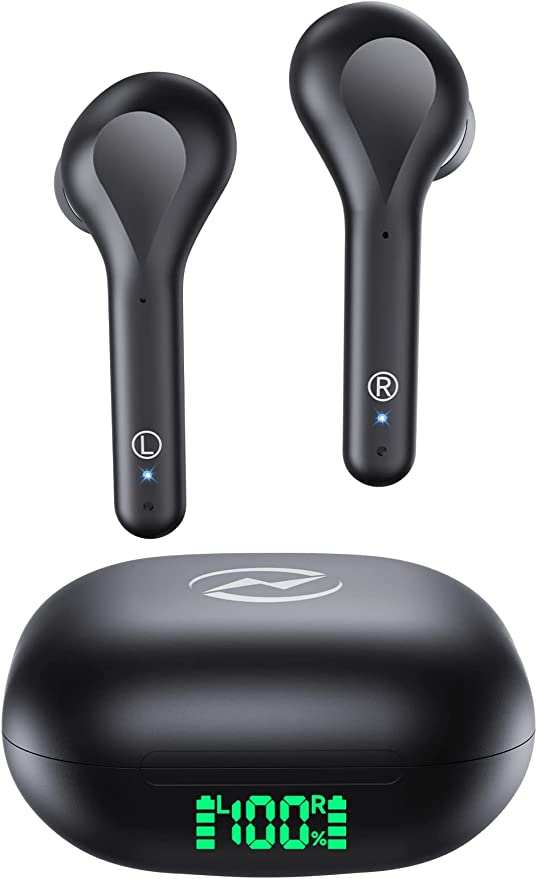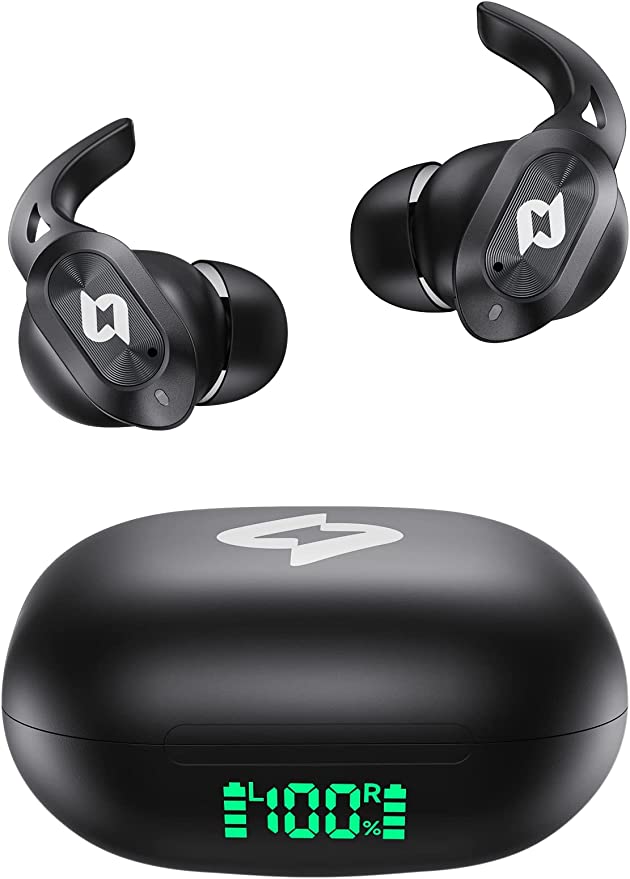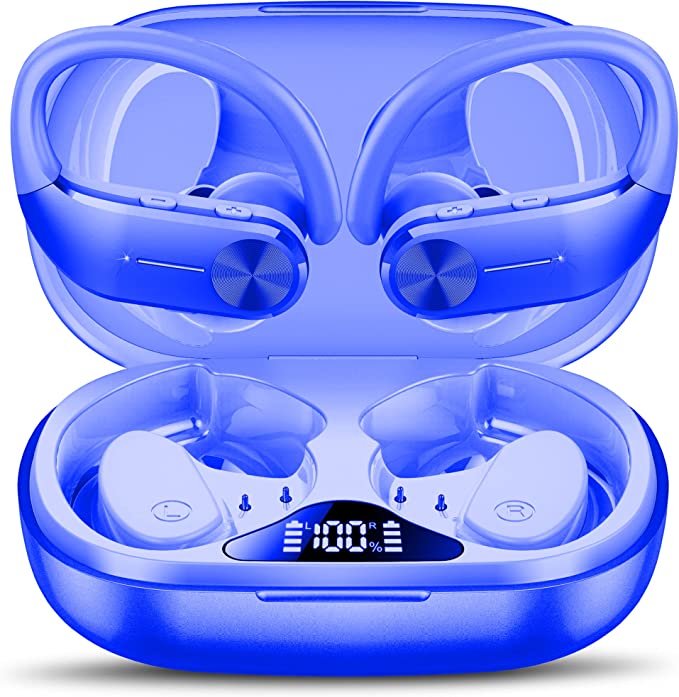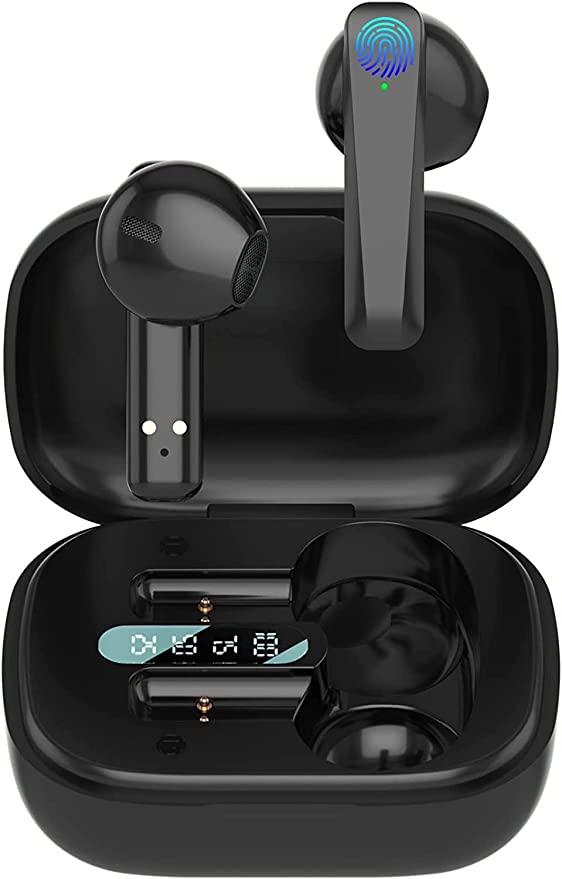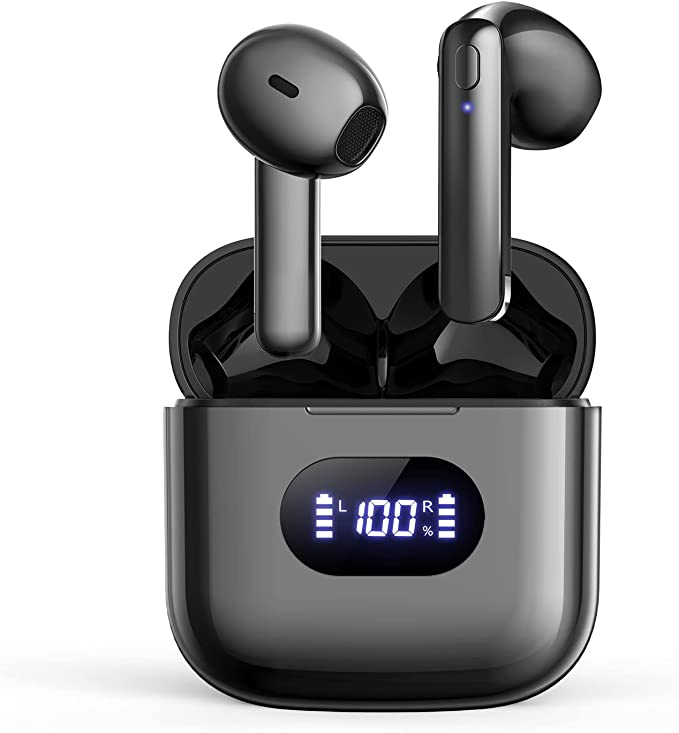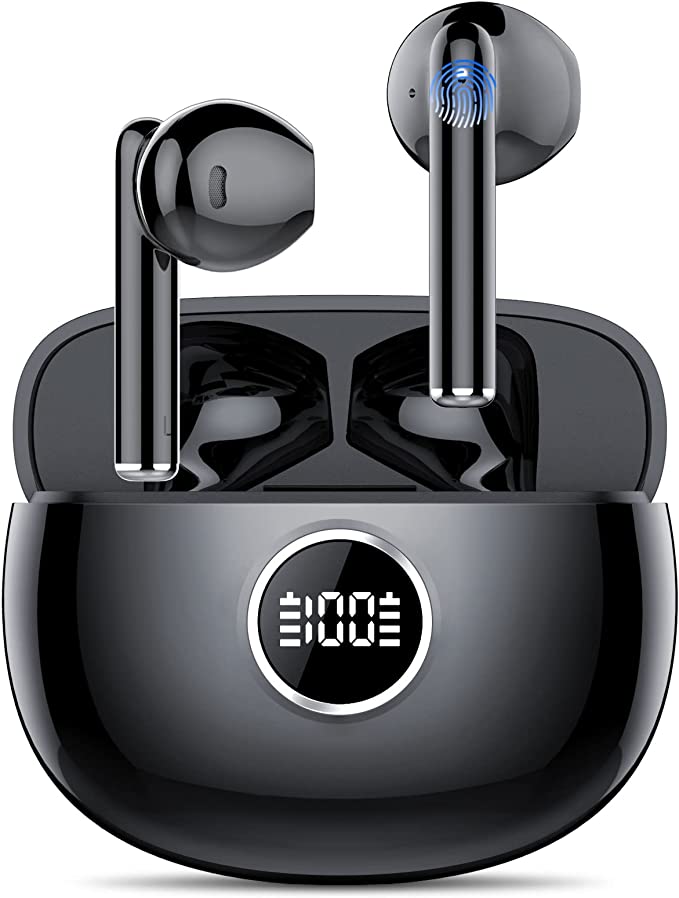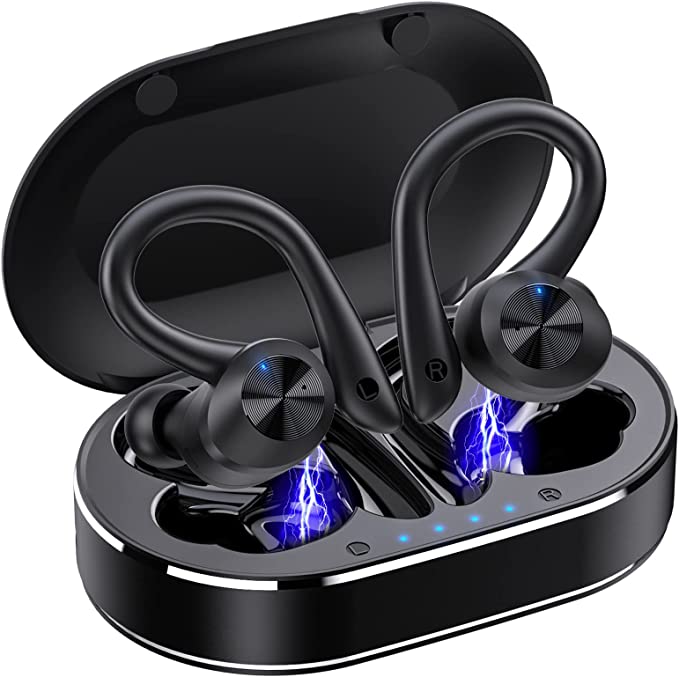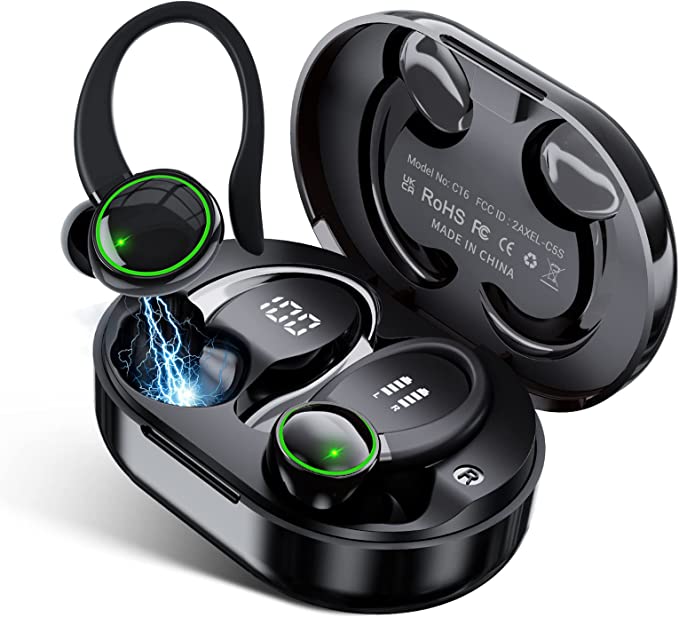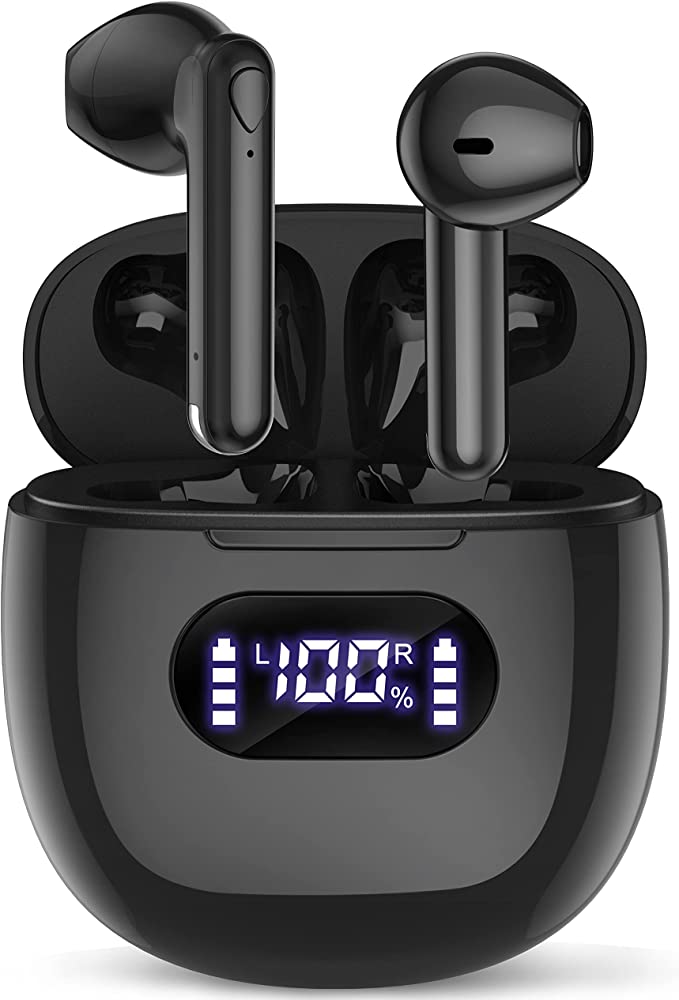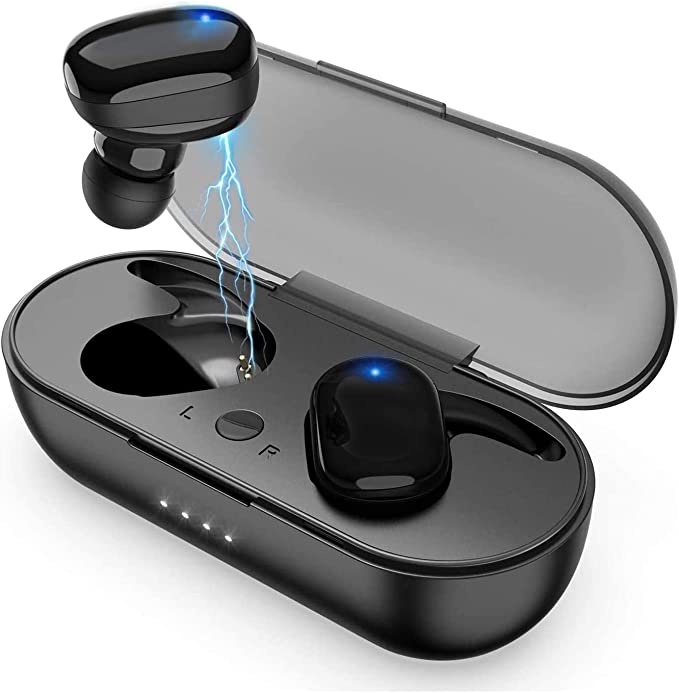How Hybrid ANC Really Works: A Guide to Understanding Noise Cancellation
Update on Oct. 29, 2025, 7:28 p.m.
Ever stared at a product page for a new pair of earbuds, bombarded with terms like “Hybrid ANC,” “Smart Noise Cancellation,” and “-30dB Reduction,” and wondered what it all really means? It feels like you need an engineering degree just to buy headphones.
You’re not alone. The promise of Active Noise Cancellation (ANC) is simple: a personal mute button for the world. But the technology behind it is a fascinating dance of physics, and understanding it is the key to telling marketing hype apart from genuine high performance.
This isn’t just another technical breakdown. Think of this as your personal masterclass. Together, we’re going to pull back the curtain on ANC. By the end, you’ll not only understand how it works, but you’ll also be equipped to judge for yourself what makes a pair of noise-cancelling earbuds truly great.
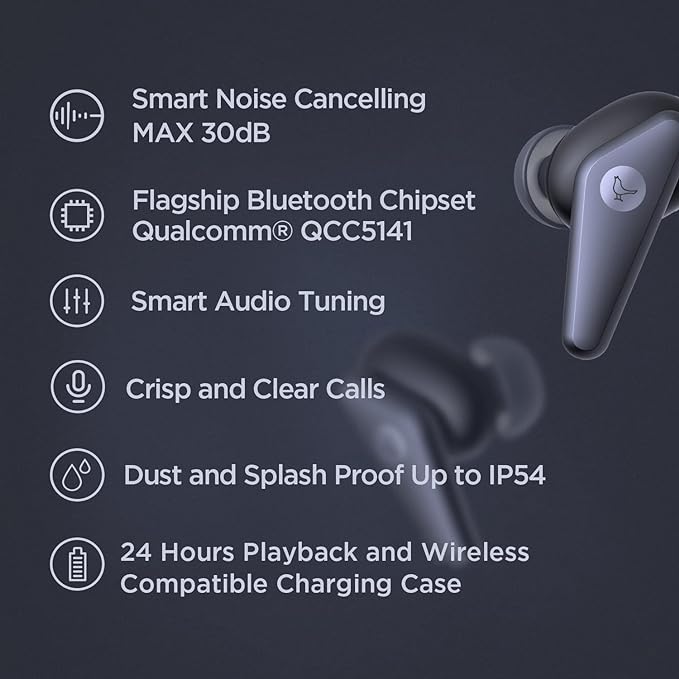
The Core Concept: Erasing Noise with More Noise
It sounds counterintuitive, but the foundation of all ANC is a principle called destructive interference.
Imagine a sound wave as a ripple in a pond, with peaks (high points) and troughs (low points). Now, what if you could create a second ripple that’s a perfect mirror image of the first? Where the original wave has a peak, this new “anti-wave” has a trough of the exact same size, and vice versa.
When these two waves collide, they cancel each other out. The energy of the peak fills the void of the trough, resulting in a flat line—or, in the world of audio, silence.
That’s precisely what ANC earbuds do. They have tiny microphones that “listen” to the noise around you, and in less than a millisecond, a processor creates that exact mirror-image “anti-noise” wave. This anti-noise is then played through the earbud’s speaker. At your eardrum, the outside noise and the anti-noise meet and neutralize each other.
The result? The constant drone of an airplane engine or the low hum of an air conditioner seems to magically fade away. But to do this effectively, engineers have developed a few different strategies.
The Security Guards: Feedforward vs. Feedback ANC
Think of ANC as a security system for your ears. There are two primary ways to set up your guards (the microphones).
1. Feedforward ANC (The Guard at the Gate)
In this setup, the microphone is placed on the outside of the earbud. This guard stands at the outer gate, listening for trouble before it even gets close.
- How it works: It detects ambient noise first, sends that info to the processor, which then quickly generates the anti-noise signal.
- Strengths: It’s great at catching predictable, low-to-mid-frequency sounds like the steady rumble of a bus or train. It has a “heads-up” on what noise is coming.
- Weaknesses: It’s not as good with sudden, unpredictable sounds or higher frequencies (like people talking). More importantly, it has no way to know if its cancellation was successful because it can’t hear what’s happening inside your ear. It’s essentially “fire and forget.”
2. Feedback ANC (The Guard in the Courtyard)
Here, the microphone is placed inside the earbud, between the speaker and your ear. This guard patrols the inner courtyard, dealing with any unwanted noise that slips past the main gate.
- How it works: It listens to the sound exactly as you hear it, including your music and any noise that has leaked in.
- Strengths: Because it hears the final result, it can continuously adjust and correct the anti-noise signal for a more accurate cancellation across a wider range of frequencies.
- Weaknesses: It can sometimes struggle to react to the lowest frequency rumbles. A major drawback is that it might misinterpret the low-frequency bass in your music as “noise” and try to cancel it, which can alter the sound of your audio.
The Elite System: Hybrid ANC—The Best of Both Worlds
Looking at the pros and cons, the next step is obvious: why not use both? That’s exactly what Hybrid Active Noise Cancellation does. It’s the two-guard system used in premium earbuds to provide the most comprehensive level of silence.
A hybrid system places one microphone on the outside (feedforward) and another on the inside (feedback).

(Image: A simplified schematic of a Hybrid ANC system)
This dual-microphone approach is what sets high-end models apart.
- The external mic gets a clean, early reading of the ambient noise, allowing the system to prepare its first line of defense.
- The internal mic acts as quality control. It listens to the final mix inside your ear canal and tells the processor to make real-time adjustments, correcting for any imperfections in the seal of the eartip or any noise the first mic missed.
This synergy allows earbuds like the Libratone AIR+ 2, which feature a Hybrid ANC solution, to cancel a much broader and deeper range of frequencies far more effectively than systems with only one type of ANC. But having two mics is just part of the equation. The real work happens in the brain of the operation.
The Brain: Why the Digital Signal Processor (DSP) is the Real Hero
The Digital Signal Processor (DSP) is a specialized microchip that acts as the command center for the entire ANC operation. Think of it as a brilliant simultaneous translator.
When the microphones pick up outside noise, they send the raw data to the DSP. In a fraction of a second, the DSP must:
1. Analyze the soundwave’s frequency, amplitude, and phase.
2. Calculate the exact inverse of that wave.
3. Instruct the earbud’s speaker to produce the anti-noise signal perfectly in sync with the incoming noise.
For a Hybrid system, it does this for both microphone inputs at the same time, constantly cross-referencing and refining the signal. This is an incredibly complex task that requires massive processing power and sophisticated algorithms to work without any perceptible delay. A powerful DSP is the difference between mediocre and truly immersive noise cancellation.
Decoding the Specs: What Does “-30dB” Actually Mean for You?
This brings us to the numbers you see on the box. A product like the Libratone AIR+ 2 is rated for up to 30dB of noise reduction. So, what does that feel like?
The decibel (dB) scale is logarithmic, which can be tricky. Here’s a simple way to think about it:
- A 10dB reduction makes a sound seem about half as loud.
- A 20dB reduction makes it seem about one-quarter as loud.
- A 30dB reduction makes it feel roughly one-eighth as loud.
This “-30dB” figure is a peak value, usually measured against a specific low-frequency hum in a lab. In the real world, its effect varies. For example:
- Airplane Cabin (approx. 85dB): A 30dB reduction brings the deafening roar down to a quiet hum around 55dB, allowing you to listen to music or podcasts at a low, comfortable volume.
- Busy Café (approx. 70dB): It will dramatically reduce the low-frequency chatter and clatter, but you’ll still hear sharper, higher-pitched sounds like a spoon hitting a ceramic cup.
- Office (approx. 55-60dB): It will virtually eliminate the hum of air conditioning and computer fans, creating a bubble of focus.
So, when you see a dB rating, understand it as the earbud’s maximum potential under ideal conditions, primarily for low-frequency, constant noises.
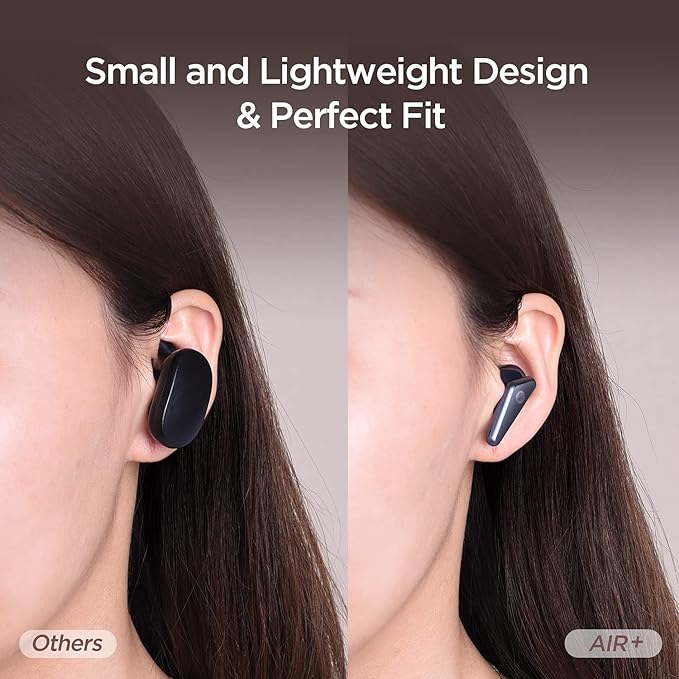
The Limits of Silence: What ANC Can’t Do
Even the best Hybrid ANC isn’t a magical force field. The technology has inherent limitations based on the speed and predictability of sound.
- Sudden, Sharp Noises: A dog bark, a slamming door, or a car horn are too abrupt for the DSP to react to in time. Your primary defense against these is the physical seal of the eartips, known as passive noise isolation.
- High-Frequency Sounds: Human voices and crying babies are complex and have very short wavelengths. By the time the system processes the sound, it has often already reached your ear. This is why you can still hear someone talking directly to you, though their voice will sound muffled and distant.
- Wind Noise: This is a classic challenge. Wind blowing across the external (feedforward) microphone can create a whooshing, turbulent sound. A basic ANC system might mistake this for ambient noise and actually amplify it in a failed attempt to cancel it. Advanced systems use specially designed physical shields over the mics and smart algorithms to detect and reduce this specific type of interference.
Your New Superpower: The Empowered Buyer
Active Noise Cancellation isn’t magic—it’s masterful engineering. From the simple physics of destructive interference to the sophisticated, self-correcting teamwork of a Hybrid ANC system, every element works together to create a pocket of calm in a noisy world.
Now, when you see “Hybrid ANC” on a spec sheet, you know it means the manufacturer has invested in a more robust, dual-microphone system for superior performance. When you see a “-30dB” rating, you can translate that into what it will actually feel like on your daily commute.
You are no longer just a consumer; you are an informed buyer. You have the knowledge to look past the buzzwords and understand the science that crafts the quiet. And that is the key to finding the perfect audio companion for your world.
